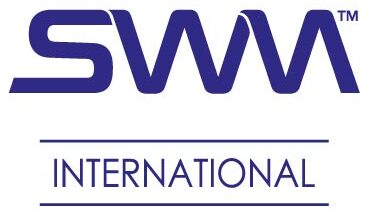Expertise
March 25, 2023
EU bans non-tobacco-flavored HTPs, so what about alternatives?
Heated tobacco products (HTPs) work by heating (but not burning) “heat sticks” that contain tobacco, producing an inhalable aerosol. A popular alternative to combustible cigarettes, HTPs make up 2.5% of tobacco sales in the European Union. Because no combustion is involved, leading manufacturers claim that these products pose a reduced risk to users compared to traditional cigarettes.
Since 2020, a flavor ban for cigarettes and roll-your-own tobacco has been enforced in the EU. Then, following a 10% rise in HTP uptake across five EU member states between 2018 and 2020, EU legislators decided to ban non-tobacco flavors in the HTP product category.
Regulating heated tobacco products
The updated legislation must be transposed into the law of EU member states by July 23, 2023, and enforcement will be mandatory as of October 2023. For example, the new rules mean that menthol-flavored HTPs, which are very popular in most EU markets, will no longer be available. It is important to note that the flavor ban does not apply to e-cigarettes. A wide range of flavors other than tobacco will still be available in this category.
A smoke-free generation
The EU’s regulatory approach contrasts with that of the US, where vaping is the focus of legislative action. For instance, in 2020, the FDA banned several flavors of e-cigarettes, although menthol-flavored e-cigarettes are currently still permitted. In recent years, even menthol-flavored vaping products have been facing increased scrutiny. However, the FDA’s Premarket Tobacco Product Application (PMTA) process can take a long time to return a positive or negative response.
“In this complex regulatory landscape, it’s vital to create solutions that both adhere to all regulations and anticipate future trends,” explains Bruno Stefani, New Generation Product Marketing & Sales at SWM International. “In Europe, tobacco remains controversial whether heated or combusted, while nicotine consumption – via e-cigarettes, for example – has a less negative perception. However, further updates to the EU’s Tobacco Products Directive in the coming years could lead to flavor restrictions for e-cigarettes by 2027 or 2028.”
Finding an HTP alternative
“An alternative could be to develop new heated consumables that use other botanicals instead of tobacco,” Bruno continues. “We already have experience in developing proprietary aerosol-generating materials made with other botanicals, and we will keep exploring this route going forward.”
As the EU pursues its goal of creating a smoke-free generation by 2040, and countries around the world outline similar targets, we will all be watching the regulatory horizon closely. As always, we will continue to help clients comply with all relevant legislation and support the development of future-focused solutions.
Want to find out more? Get in touch with our reduced-risk products expert Bruno Stefani or download our HTP White Paper



